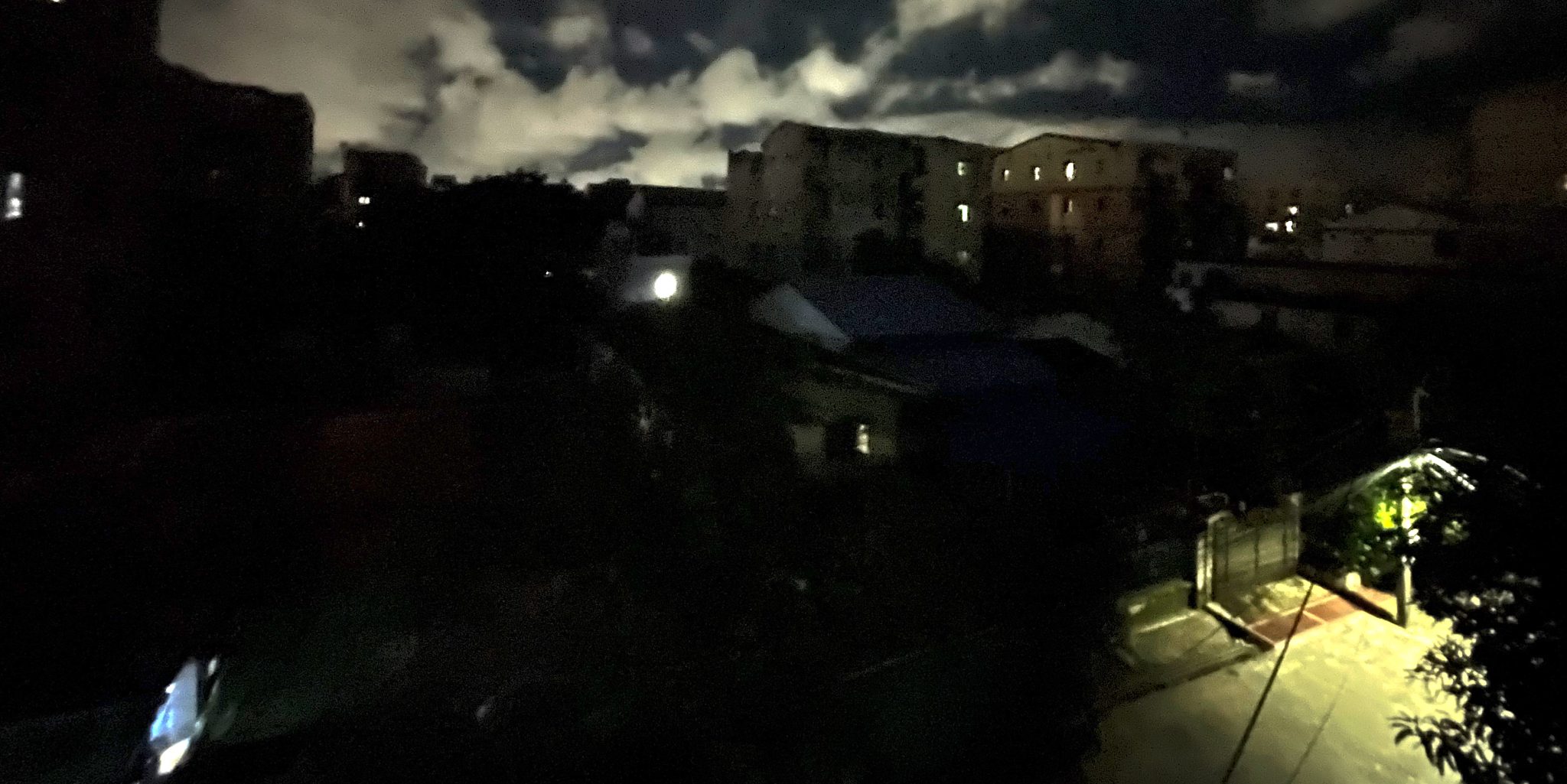Power outages in Myanmar’s commercial capital Yangon, including in its once thriving industrial zones, are worsening, with residents and business owners saying the length of blackouts has at least doubled since mid-August.
Blackouts are normally rare in the rainy season, usually from June to October, when hydropower dams fill and electricity production increases. Forty percent of Myanmar’s electricity is generated by hydropower.
In Yangon, the duration of planned electricity cuts varies from one township to another. However, on average, electricity cuts have doubled in duration from four hours a day in residential areas to a minimum of eight hours a day. Blackouts in some neighborhoods are much longer, residents say.
“Blackouts are frequent lately. There was no electricity the whole night last night. Outages are intermittent [and they] vary from one township to another in duration,” one Yangon resident said.
Industrial zones have also been hit. They now have access to electricity for only four hours a day, down from six hours, business owners say.
“In industrial zones, we only have four hours of electricity a day. So, we have to operate with diesel generators, and operational costs have increased [so] we also need to increase the prices of our products,” one business operators in Yangon said
Making the situation worse, “diesel is only sold in quota … [so] it is not convenient,” he added.
A food manufacturer in a Yangon industrial zones painted a bleaker picture. “Electricity supply is intermittent … power outages happen every thirty minutes. If they plan to give six or four hours of electricity a day, they should give it fully during that period. Our machines have been damaged due to irregular power supply and fluctuating voltages,” he said.
Blackouts began expanding nationwide in early 2022, hitting the commercial hubs of Yangon and Mandalay. Myanmar has the lowest electrification rate in Southeast Asia with only 50 percent of households connected to the public grid, according to the World Bank.

“Major cities, including Yangon, Mandalay, and Naypyitaw, are facing power outages while industrial zones across the country are bracing for crippling power cuts and surging fuel prices,” the World Bank said its September 5 report “In The Dark: Power Sector Challenges in Myanmar.”
It blamed the February 2021 coup for the power crisis, saying:
“The power sector has been spiraling downward since 2021 with prolonged electricity blackouts throughout the country. Electricity generation has been declining, resulting in a widening power supply–demand gap,” the global development bank said.
Even before the coup, Myanmar faced power shortages. In 2019, supply was 300 megawatts (MW) short of demand. The power supply-demand gap has widened since 2021. Generation capacity available for dispatch has been reduced by more than 2.5 gigawatts due to various factors, according to the World Bank report.
Guillaume de Langre—a former adviser to the Myanmar Ministry of Electricity and Energy—painted a bleak picture of the country’s multiple, overlapping, energy crises in a podcast by Insight Myanmar. “Approximately 50% of Myanmar’s power comes from gas they produce, but [it is] a resource expected to run out by 2030. This poses a critical challenge for the country’s economy.”
He also noted that power cuts are causing the food and vaccines to spoil, business closures, and postponed surgeries, among many other disruptions.
In July, the regime offered to supply reliable electricity to industrial zones in Yangon for triple the current price. The regime surveyed the opinions of business owners, most of whom agreed to pay between 400 and 500 kyats per unit for a steady supply of power. The regime, however, has been unable to deliver.

















